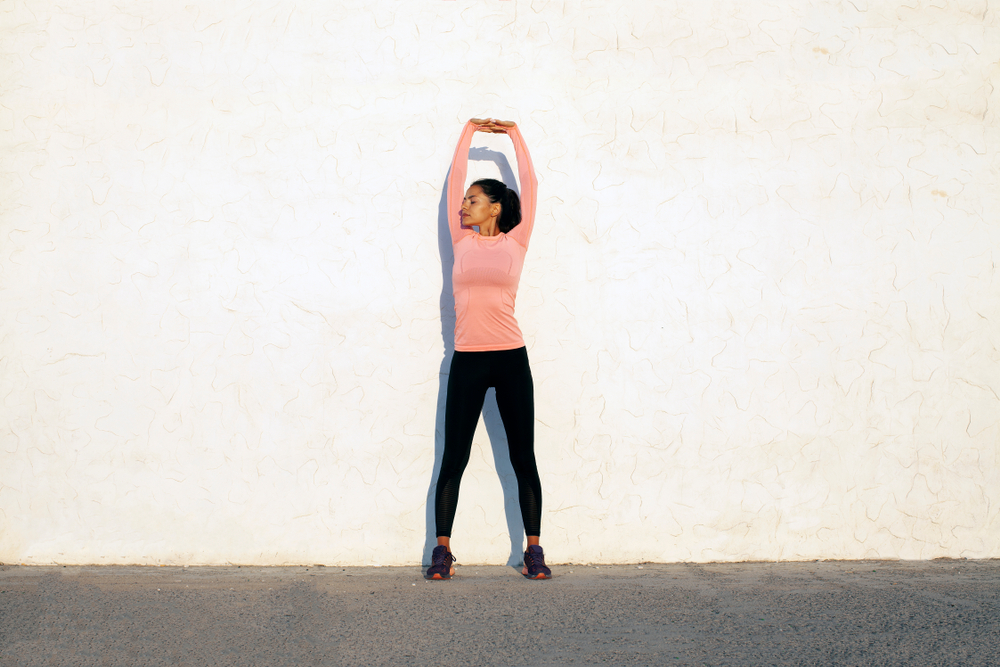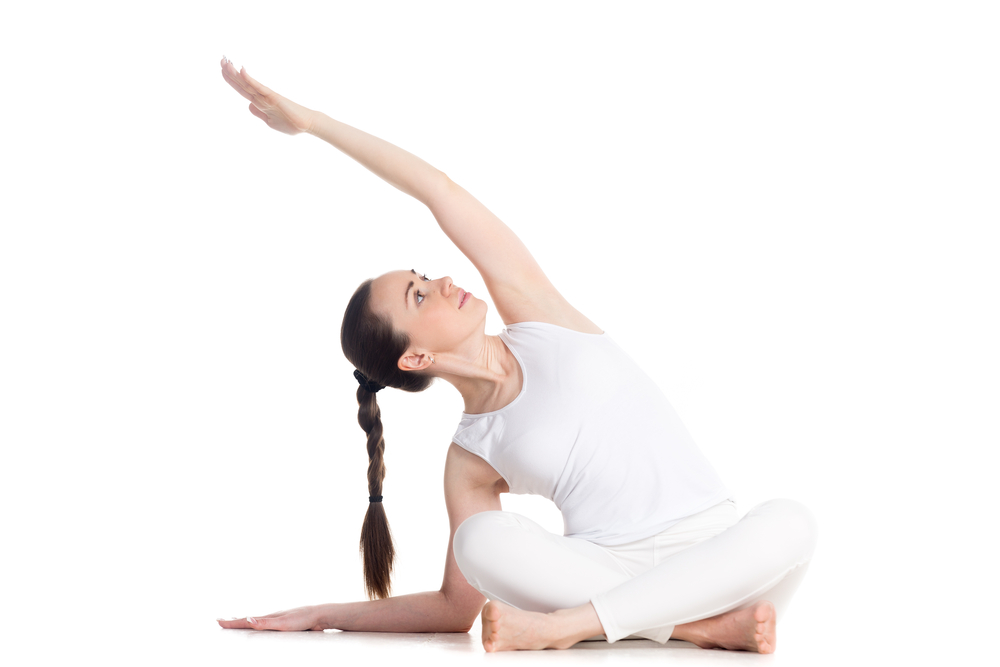Pilates plays a vital role in the physical and emotional recovery of breast cancer survivors. This low-impact exercise regimen offers numerous benefits, such as improving flexibility, strength, and balance. Breast cancer treatments can often lead to muscle weakness, joint stiffness, and reduced range of motion, but Pilates helps survivors regain physical strength and mobility. Beyond its physical advantages, Pilates also offers a safe and supportive environment for survivors to rebuild their self-confidence and emotional well-being. It empowers them to regain control over their bodies and fosters a sense of resilience and hope, making it an invaluable component of the healing journey for breast cancer survivors. Shaazia Qureishi, co-founder PAD – Pilates and Dance By Yasmin Karachiwala tells us more.

Any form of cancer challenges everything we know, from our mental to our physical and emotional well-being. We suddenly come face-to-face with our own mortality and then are forced to take action, like chemotherapy, that makes the quality of life as we know it, drastically fall.
Similarly, breast cancer can be a challenging journey, and one that can challenge a woman’s sense of “womanhood”, especially if they need to undergo surgery. But for the survivors, the road to recovery is often marked by a new sense of identity and strength. One avenue that can aid in this journey is Pilates, which can make you feel in control of your body again. Pilates is a holistic exercise system that focuses on improving flexibility, strength, posture and overall well-being. In this article, we’ll explore some recommended Pilates exercises specifically tailored to support breast cancer survivors in their recovery.
1. Breathing Exercises:
Even though it is something we do every second of every day, the breath is still very much an exercise! Mindful and deep breathing requires the activation of many of the muscles that need to be strengthened for clients recovering from their surgeries. Besides the muscular aspect, these exercises can be particularly helpful in reducing anxiety and aiding the body’s natural healing processes.

2. Shoulder and Arm Mobility:
Breast cancer surgery can affect shoulder and arm mobility. Pilates exercises that gently stretch and strengthen these areas can help survivors regain range of motion and alleviate discomfort. Movements like goal post arms, scapula protraction and retraction, scapula elevation and depression, can be incorporated into routines to help with shoulder mobility.

3. Side Bend Variations
Getting back to a state of physical normalcy after surgery is crucial. Pilates exercises like side bends (starting with simple side bends and advancing to side bends with arm overhead) can stretch and strengthen the muscles all around the torso.

4. Neck Stretches
Many breast cancer survivors may experience tension and stiffness in the neck, especially after surgery. Gentle neck stretches and mobility exercises can help relieve this discomfort. Examples include neck tilts, neck rolls, and gentle neck rotations to improve flexibility and reduce tension. Also could include flexion and extension movements of the neck and spine to help regain mobility.

There are Pilates exercises specifically designed to address the unique challenges faced by breast cancer survivors. These exercises take into account factors like lymphedema risk and scar tissue. Working with a certified Pilates instructor experienced in breast cancer rehabilitation is essential to ensure a safe and effective practice.
5. Mind-Body Connection:
Pilates is not just about physical strength; it’s also about fostering a strong mind-body connection. Practicing mindfulness during Pilates sessions can help survivors build resilience and enhance their emotional well-being.
It’s important to note that before starting any new exercise program, breast cancer survivors should consult with their healthcare provider to ensure it’s safe for their individual circumstances.

Remember, every survivor’s journey is unique, so it’s important to tailor Pilates exercises to individual needs and limitations. Find a practitioner who understands not just your physical but also your emotional and mental needs, and who helps you get strong in all aspects, and you may find trying this brilliant form of exercise was the best thing that happened to your recovery!
